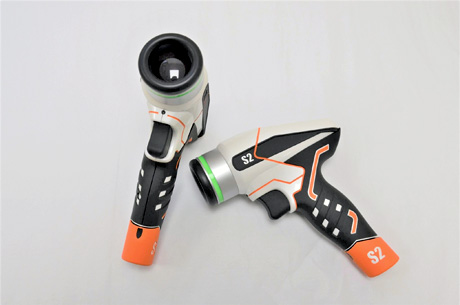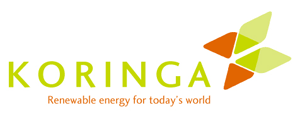
What we do
"Koringa" means "Energy" in the Maori language, and that is the focus of our company. Founded in New Zealand, we provide consultancy, design, development and implementation services in the following areas:
- Energy from waste streams
- Energy use minimisation
- Renewable energy
- Generation systems
- Energy control & monitoring
We have a knowledgeable, experienced, innovative and diverse team able to assist. If we don’t have the experience or expertise in any area, we can call on one or more of our national and international network of specialists to assist, enabling us to provide a comprehensive solution for your requirements.
Koringa Systems Limited
New Zealand - England - Ukraine.
Please make initial contact by sending a message to:
info@koringa.co.nz
Please include your full contact details and a brief summary of your enquiry and we will contact you as soon as possible.
Do More with Less
To think about:
____________________________________________________________
The 4R's

Reduce, Reuse, Recycle & Replenish
_________________________________________________________
Make the “Circular Economy” Go Around!
The “circular economy” is a term appearing more and more frequently in the media, and for good reason. It represents a step beyond efforts to recycle or conserve, creating an entire economic system aimed at eliminating waste and the continual reuse of resources.
The main principles of the circular economy, as expressed by the Ellen MacArthur Foundation, take products from “cradle to cradle” by:
- Designing out waste and pollution at every stage
- Keeping products and materials in use
- Regenerating natural systems
A circular economy is restorative and regenerative by design, as opposed to the traditional linear economy with its “take, make, use (abuse), dispose” model of production. This is about the creation, selection and use of materials.
We really recommend watching the video in this link by Dame Ellen MacArthur. The first 12 minutes are the core concept.
Just about everything needs to be re-evaluated from concept, manufacture, marketing and product delivery to product recovery at the end of life. It requires a very different approach to product design, material selection and the putting in place of a clear, simple and attractive means to collect the end-of-life product so it can complete the recycling loop.
It is the concepts of “regenerative” and “restorative” that are the biggest impediment to implementation, because these are not passive considerations, but very much active ones - something many designers and manufacturers have little experience of - and in the past, no desire or motivation (profit) to pursue.
____________________________________________________________________________________
Well, what is it?
One of the problems we confronted with creating a robust circular economy product was one of identification. Even when something is stamped with a recycling number or other material identification, there is an issue of legitimacy. We have struck many examples of things being labelled one thing, but actually being a different material, or even adulterated with a different material. This seems to predominantly be an issue with cheaper Chinese goods or materials sourced from China. Sometimes it is because a different material has been substituted knowingly to over-come a technical issue and the plastic injection tool has not been updated to reflect this. Other times it appears to be because it was cheaper to use an alternative material and quality control was never done.
Often, there is no simple test that can be performed to confirm the material and sending samples to testing facilities is both time consuming and expensive – though this is also true of using the wrong material in a product!
The solution turned out to be a variation of a project we did in partnership with a client that did not proceed with implementing the development. As a part of our product development, we created a novel sensor system. The sensor turned out to be around 5 times more sensitive than we predicted and in testing out its capabilities, we discovered that it was able to identify accurately a huge range of materials and very quickly – 1-5 seconds. As the original project was dead and also had a very narrow range of function in its specification, we decided to pivot the project and create a much broader application device that addresses in a very local and timely manner, exactly the material identification issue outlined above.
Well, we were 40% of the way there, when we struck our first obstacle: Our investor became terminally ill and pulled out. Not having sufficient funds of our own to complete the project, we sought a replacement investor or investors. This turned out to be harder than we anticipated, however, right up to December 2019, we were making progress. Then in January 2020, the Covid 19 pandemic struck. At first, it appeared we might be able to proceed, but this was based on highly ‘filtered’ information coming out of China about the situation there. It quickly became obvious that the situation was not as we were being informed, and that things were very serious.
As the rest of the World became a part of the deflagration that consumed people and countries at a rapid pace, any opportunity to complete the product development, with or without funding, faded to zero.
We still hope to get the product to market in the future, though exactly when that will be is impossible to guess. Irrespective, it was an exciting project with huge potential and illustrates the breadth and depth of the work the Koringa Team are capable of.
We are very proud of both the Team and what was achieved. We also want to acknowledge Ogle Models in the UK for their professional services in helping realise such an outstanding result.
_____________________________________________________________________
To think about:
____________________________________________________________
Better than Recycling?
Most people think about recycling, but this is, at best, a 'status quo' activity and more likely to be a degenerative process.
For example, the high quality A4 printer paper you 'recycle' may end up being made into lower quality printer paper but is more likely to end up as newspaper. The newspaper may get recycled into more newspaper, but is more likely to end up as egg cartons...
What is better than recycling is 'Up-cycling'. This is where a product is reprocessed into something of greater value than it was before processing. Examples of this are turning waste cooking oils into plastic products or supermarket shopping bags into outdoor furniture, decking or fencing.
______________________________________________________________________
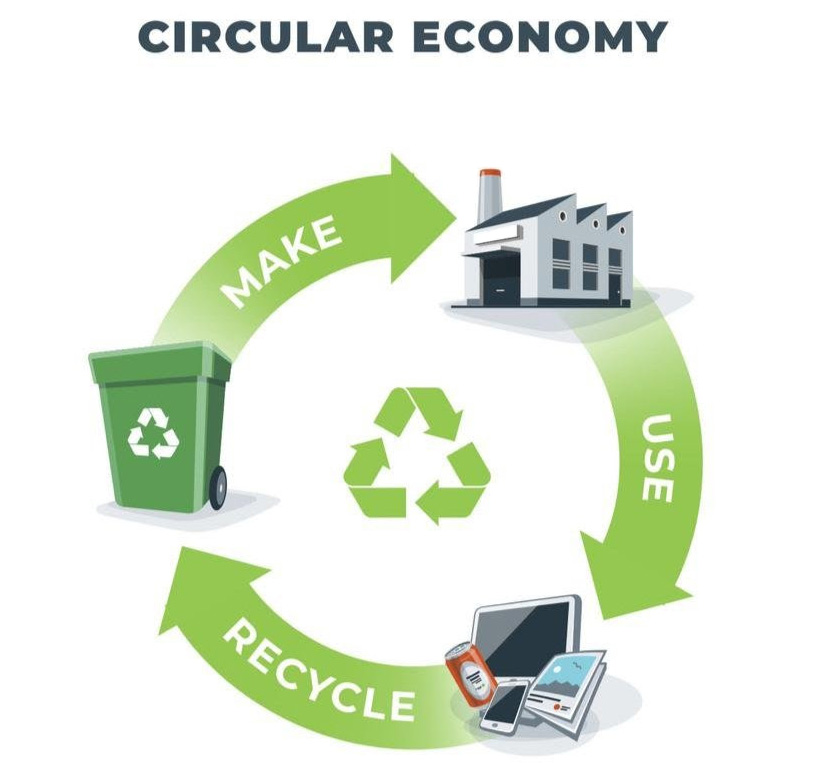
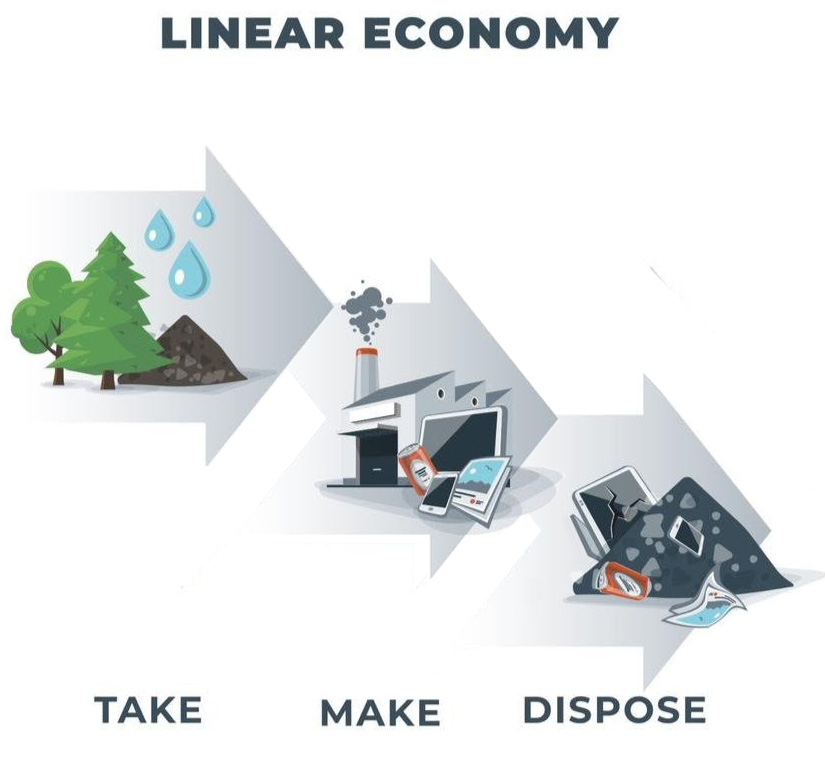
_______________________________________________________
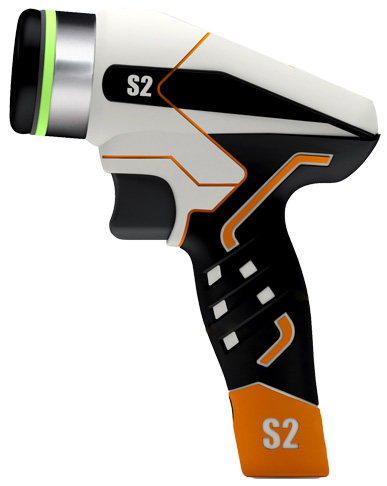
Above: Product concept rendering Below: The real Things
